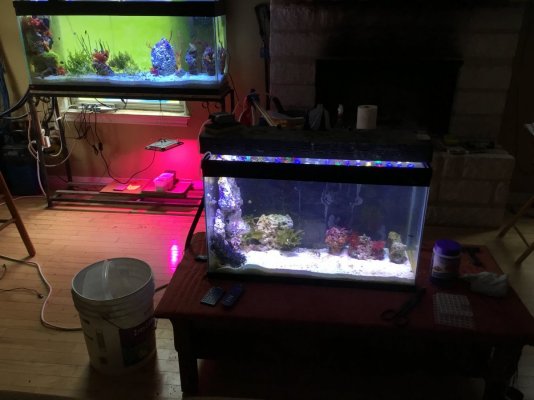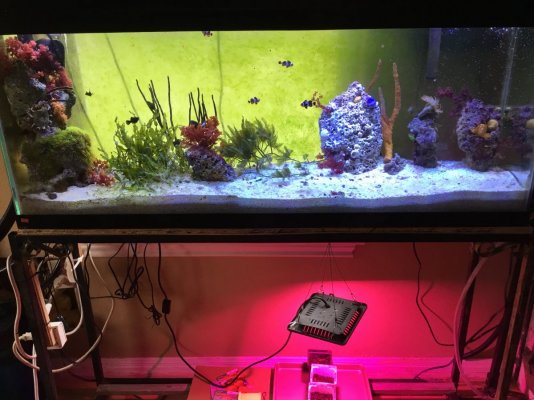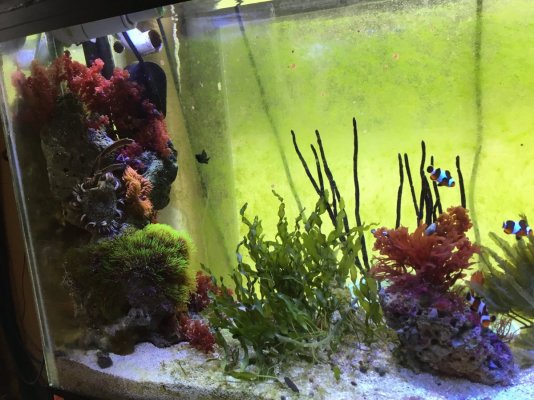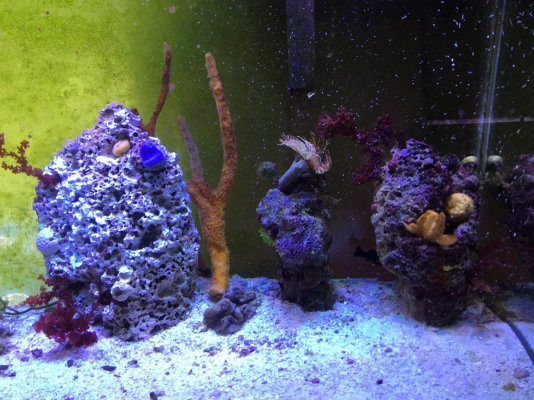Error - Cookies Turned Off
Summary
- Corals and macroalgae release large quantities of dissolved organic matter (DOM), one of the largest sources of organic matter produced on coral reefs. By rapidly taking up DOM and transforming it into particulate detritus, coral reef sponges are proposed to play a key role in transferring the energy and nutrients in DOM to higher trophic levels via the recently discovered sponge loop. DOM released by corals and algae differs in quality and composition, but the influence of these different DOM sources on recycling by the sponge loop has not been investigated.
- Here, we used stable isotope pulse-chase experiments to compare the processing of naturally sourced coral- and algal-derived DOM by three Red Sea coral reef sponge species: Chondrilla sacciformis, Hemimycale arabica and Mycale fistulifera. Incubation experiments were conducted to trace 13C- and 15N-enriched coral- and algal-derived DOM into the sponge tissue and detritus. Incorporation of 13C into specific phospholipid-derived fatty acids (PLFAs) was used to differentiate DOM assimilation within the sponge holobiont (i.e. the sponge host vs. its associated bacteria).
- All sponges assimilated both coral- and algal-derived DOM, but incorporation rates were significantly higher for algal-derived DOM. The two DOM sources were also processed differently by the sponge holobiont. Algal-derived DOM was incorporated into bacteria-specific PLFAs at a higher rate while coral-derived DOM was more readily incorporated into sponge-specific PLFAs. A substantial fraction of the dissolved organic carbon (C) and nitrogen (N) assimilated by the sponges was subsequently converted into and released as particulate detritus (15–24% C and 27–49% N). However, algal-derived DOM was released as detritus at a higher rate.
- The higher uptake and transformation rates of algal- compared with coral-derived DOM suggest that reef community phase shifts from coral to algal dominance may stimulate DOM cycling through the sponge loop with potential consequences for coral reef biogeochemical cycles and food webs.
Considering that coral doc are protein & lipids and algae doc is mostl6 carbohydrates, it was my goal to operate an ornamental seaweed lagoon as a mixed garden of invertebrate with low coral density. Instead of using GAC (granulated activated carbon) to indiscriminately remove all DOC, it was my intention of using reef rubble of uncured diver collected from Gulf Live Rock. I recently started up 2 tanks two months ago. The 55G macro lagoon has a reverse flow under-gravel filter which I consider the plenum a cryptic zone. The 30G tank was set up to assist with curing 50lbs of live sand and 75lbs of live rock from 30’ of water
30 miles west of Tampa Bay, Florida. This tank has no UG filter ans was my intention to use as a cryptic refugium.
The journey continues.
@Timfish.
Any thoughts on high volume Cryptic Refugium using canister filter.

















